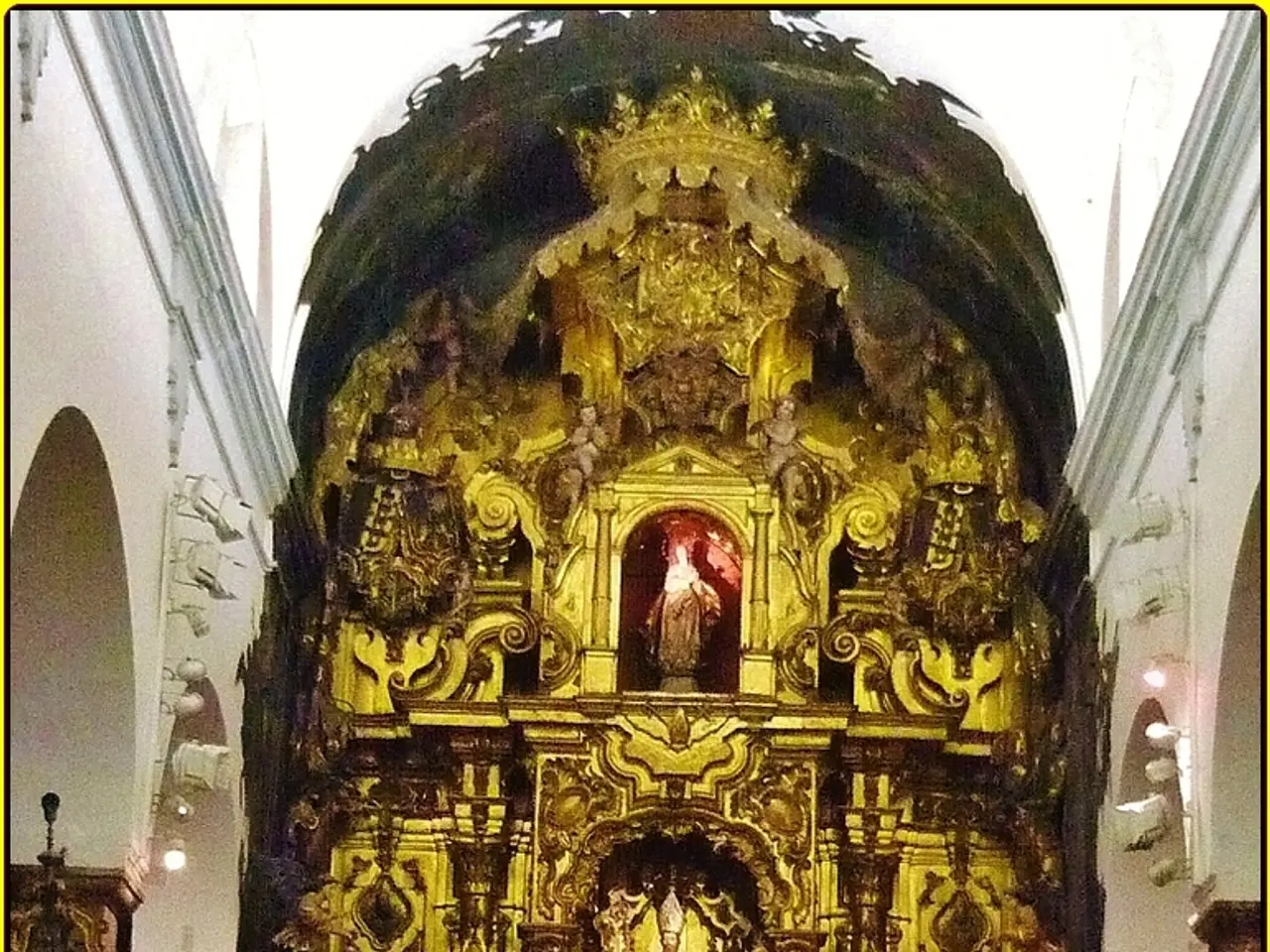Vibrant Polish Tradition: The Pisanki Crafting Process and Easter Festivity
In the heart of Easter celebrations in Poland, a vibrant and symbolic tradition takes centre stage - the creation of Pisanki. These intricately decorated Easter eggs are more than just decorative items; they are a testament to Poland's rich cultural heritage, deeply rooted in both ancient Slavic pagan beliefs and Christian symbolism[1].
Historically, Pisanki were believed to represent rebirth and protection, with their origins dating back to pre-Christian times when eggs symbolized life and fertility[1]. As Christianity spread, the egg took on Christian meanings, symbolizing Jesus Christ’s resurrection and the promise of new life[1]. Folk legends further intertwine the tradition with biblical narratives, such as the legend of Mary’s tears or Mary Magdalene’s basket of eggs miraculously taking on vivid colours, linking the eggs directly to Easter[1].
The art of Pisanki has evolved over the centuries, incorporating various techniques and styles. Each region in Poland developed its own distinctive patterns and methods for creating these beautiful eggs[1]. The designs often include motifs like rosettes, crosses, and geometric shapes, each carrying specific cultural or religious meanings[1].
Contemporary relevance remains strong in Poland and among the Polish diaspora as an expression of cultural identity and religious heritage. Pisanki are crafted both for personal use during Easter and as artisanal gifts, showcasing skilled craftsmanship passed down through generations[2][5]. They are a vibrant part of Easter festivities, symbolizing renewal and community bonding. Modern artists and craftspeople continue to innovate while respecting traditional methods, and hand-painted Pisanki are also appreciated as artworks and collector’s items[2][5].
One traditional technique used in creating Pisanki is the use of beeswax and dyes to create intricate designs on the eggshells. The wax-resist (batik) method is employed to create multicolored designs, similar to the Ukrainian pysanky[1]. The making of Pisanki resonates with contemporary movements towards sustainability, handmade crafts, mindfulness, and environmental consciousness[1].
Pisanki serve as a cultural ambassador for Poland, showcasing its rich traditions and artistic heritage. Modern celebrations often involve family activities, workshops, and exhibitions for creating Pisanki[1]. Pisanki have found a place in global Easter celebrations, symbolizing universal themes of renewal and rebirth.
In summary, Pisanki originated from pagan Slavic beliefs about life and protection, absorbed Christian symbolism related to Easter, and today remain culturally significant as both a religious and artistic Easter tradition in Poland. They continue to be cherished for their beauty, symbolism, and role in celebrating Polish heritage[1][2][5].
[1] Polish National Centre for Culture [2] Polish Cultural Institute New York [5] The Polish Museum of America
- Health and wellness workshops could be incorporated into the celebration of Pisanki, encouraging mindfulness and environmental consciousness during the art-making process.
- With growing interest in personal growth and education-and-self-development, learning about the symbolic tradition of Pisanki and its connection to Poland's cultural heritage could offer valuable insights.
- Food-and-drink offerings during family Pisanki-making events can be sourced locally, supporting the home-and-garden movement and advocating for a sustainable lifestyle.
- Fashion-and-beauty designers might draw inspiration from traditional Pisanki motifs, reinterpreting them in contemporary styles as a nod to Polish cultural heritage.
- Relationships can strengthen during activities like the collaborative creation of Pisanki, fostering community bonding and further celebrating the symbols of renewal and rebirth.
- As travel resumes post-pandemic, visitors to Poland may recognize the importance of preserving traditional arts like Pisanki as they experience the environment and uncover cultural diversity, appreciating the ever-evolving nature of this ancient tradition.




